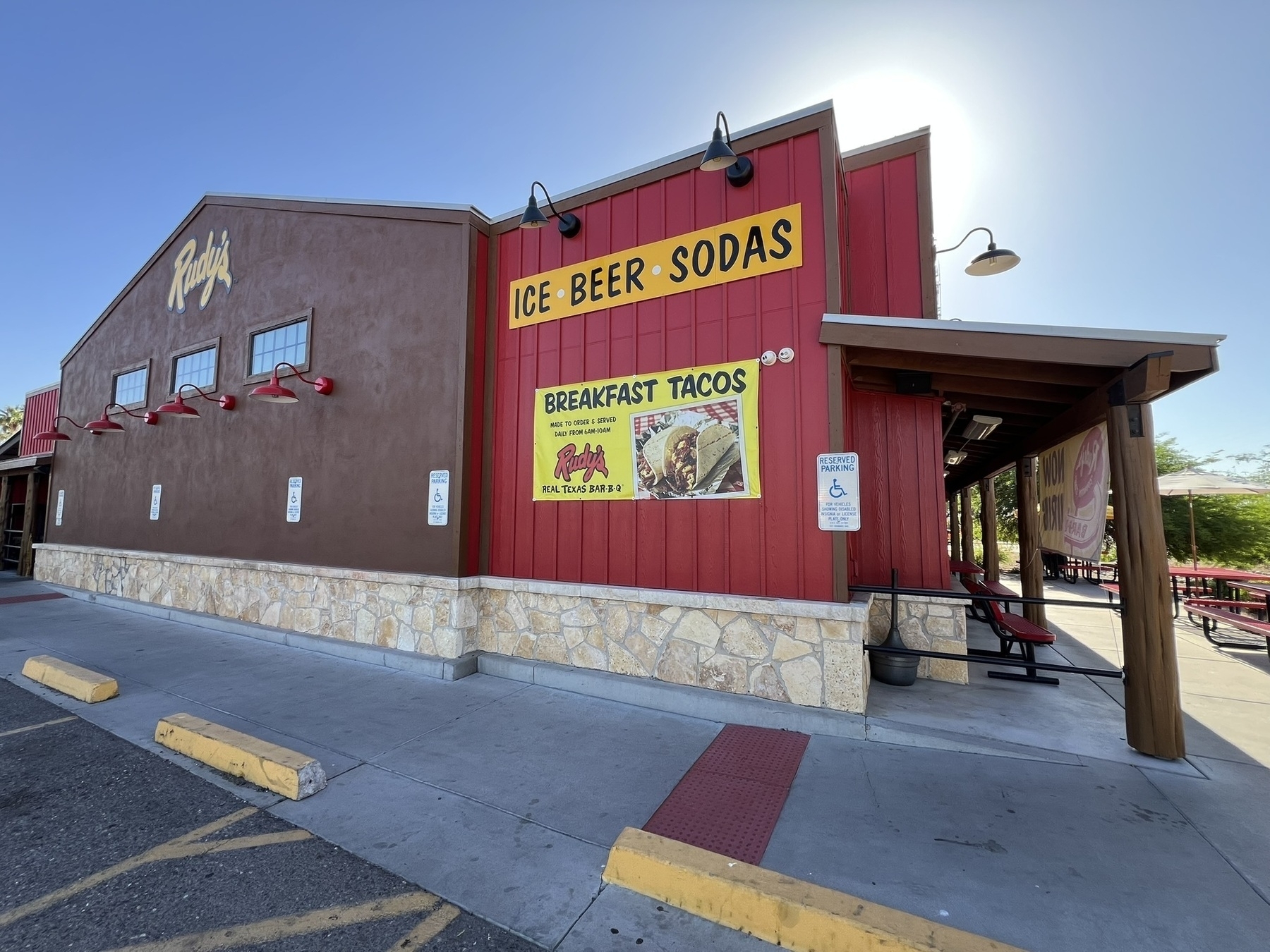Breakfast tacos and convenience purchases
“Breakfast tacos?”
It’s a text I sometimes wake up to, sent by my buddy Wayne while I’m still sleeping. It’s a call to get together to catch up, or discuss a particular issue that’s on our minds. Breakfast tacos are had at Rudy’s, a popular Austin-based BBQ joint with a location down the street from my house.

I first met Wayne probably 15 years ago, via the Phoenix twitter scene, and we quickly became friends. We both approach life in similar ways, especially around money, and our flexible schedules allow us to get together regularly while others are at the office.
Wayne worked as an engineer in the aerospace industry, at least until he had saved enough money that he could retire in his mid-40s. In some ways, he was an early adopter of the FIRE movement, whereby he lived frugally on a small portion of his salary while aggressively investing the remainder. Compounding gains took care of the rest. He’ll start collecting Social Security next week, his first outside income since I’ve known him.
It’s an interesting inflection point. Up until this point, he’s been in saving/accumulation mode. But that’s now changing; it’s time to transition into spending mode. Of course, it’s hard to turn off the frugality when you’ve lived it for so long…
One of the things we’ve been talking about during breakfast tacos recently is using purchases to reduce friction in our lives. How do you eliminate those little pain points, the tiny stupid things that make a particular thing just a bit harder than it needs to be?
My favorite example of reducing friction is changing my kayaking set up. A more recent example was investing in some new coolers and accessories earlier this summer. Both were purchases that made getting out easier, even though they involved somewhat redundant purchases.
Money can’t make you happy, but it can solve a lot of problems and reduce numerous frustrations. In fact, spending money to reduce frustrations and annoyances, and solve problems that would otherwise stress you out, leads to more overall feelings of happiness than buying possessions you think will make you happy (especially status or ego purchases).
As it turns out, you can’t buy your way into happiness, but you can help buy your way out of frustration.
Towards that goal, last week Wayne bought a fancy-ass cardboard cutter, transitioning from the kitchen knife he had previously used. It cost $35 or something, but it makes a menial and annoying task—cutting cardboard boxes to fit into his small recycle bin—much less annoying. It sounds like a dumb little thing, but hey, it’s remarkable how just a little focused effort can improve a small slice of your life.
I totally understand—funny enough, I already owned my own special serrated box opener for Amazon purchases. Again, a stupid little thing, but a worthy purchase to reduce unnecessary friction.
While my wife and I still have a solid decade of accumulation mode left, we’ve leaned more heavily into this philosophy the last few years, especially as our overall financial position has continued to improve. Before, I’d look for items that could do double- or triple-duty, allowing me to use one single purchase in a variety of situations. But increasingly, I’m now looking for items that save me annoyance or time. Instead of buying something that can serve as a twofer, I’m buying two of the item, just to make things a touch easier.
It feels a bit weird, perhaps even wasteful. But the convenience of, say, having a ready-to-go kit with all the stuff I need for a particular activity creates less friction for doing that particular thing. It’s easier to travel every weekend if packing your bag takes only moments, even if that means having three different toiletry kits fully stocked and ready to go, each dialed in for a different type of trip.
And having an “out-and-about” kit (charging cables, charging block, pen/notebook, some OTC meds I might need, glasses cleaner, etc) in each of our cars and in each of our various bags means that we never have to expend mental energy remembering to bring any of those items before any outing. The decision has already been made (by default, it’s already packed and ready to go), so it’s just one less thing to think about.
As we’ve increasingly pursued this strategy, I was a bit apprehensive that we’d simply end up with too many things other than manage. As travelers, we know how packing for any possibility can really slow you down and make things unwieldy.
But so far, we’ve avoided that fate. There’s a balance between having too many things, and having too few, and I think we’ve so far done a generally decent job in walking that line. Being intentional about what we purchase, and why, makes a lot of difference, even if some occasional purchases don’t pan out as expected.